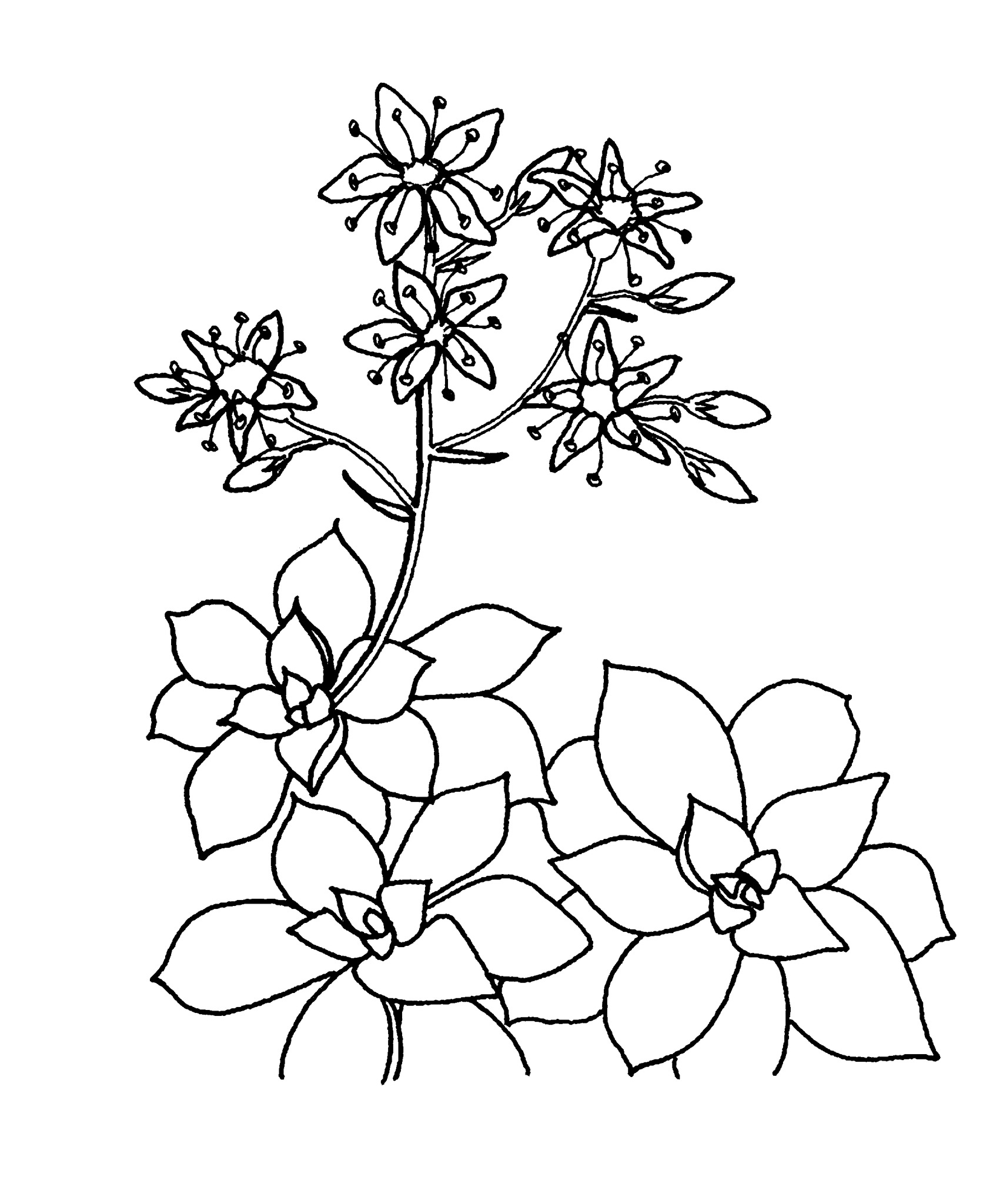
Latin tacitus — implied or unmentioned.
Fleshy perennial herbs. Leaves alternate, in rosettes, not deciduous. Flower clusters of several alternating branches. Flowers with 5 reflexed sepals; petals 5, united into a tube that is almost closed at the mouth by incurved apices, red. Stamens 10, bending outwards. Carpels upright, with short styles.
The single species of Tacitus is unusual for its very high number of chromosomes (204). Hybrids with other Crassulaceae tend to be swamped with Tacitus genes and resemble it, rather than the other parent.
1 species from Mexico.
Offsets and seed.
Very similar to Graptopetalum but distinguished by the strongly reflexed sepals and red or deep pink or magenta corolla with the petals united into a tube that is almost closed at the mouth by incurved apices. Tacitus and Graptopetalum also differ in the structure of the epidermal waxes (Hart &Eggli, 1995).
Source: (2002). Crassulaceae. In: . Horticultural Flora of South-eastern Australia. Volume 3. Flowering plants. Dicotyledons. Part 2. The identification of garden and cultivated plants. University of New South Wales Press.
